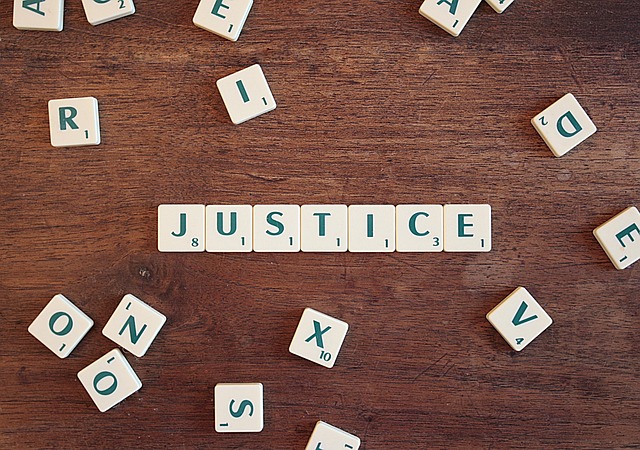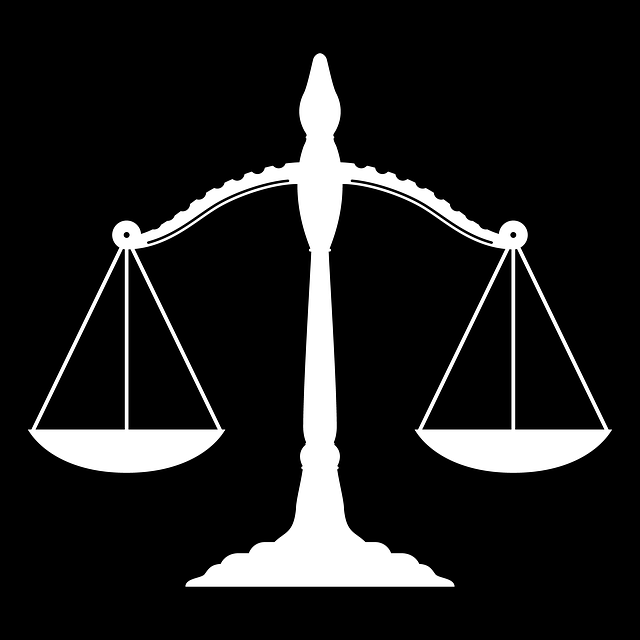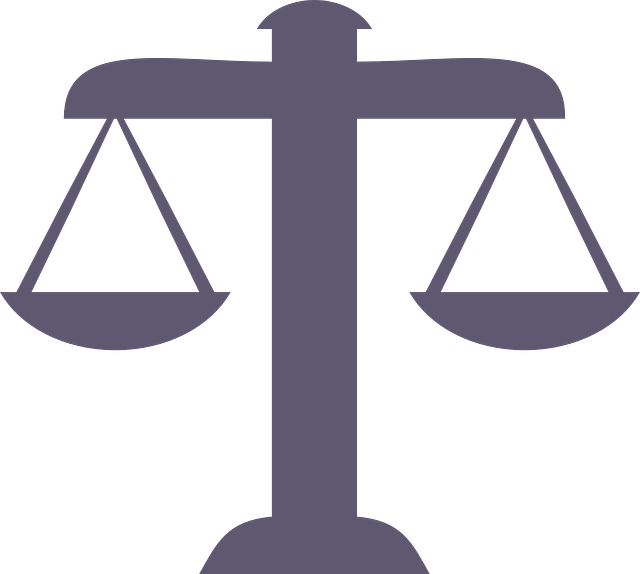Litigation risk management in complex cases like corporate defenses requires analyzing facts, laws, and precedents to identify vulnerabilities. Understanding the Steps in Criminal Jury Selection Process, from jury pooling to post-trial analysis, is vital for assessing risk, predicting public perception, and ensuring fairness. Strategic implementation of these steps, along with comprehensive trial preparation, increases chances of favorable outcomes, especially in high-stakes general criminal defenses.
Litigation Risk Management is an essential aspect of legal strategy, especially in criminal cases where the stakes are high. This article guides you through critical components of managing litigation risks. We explore ‘Understanding Litigation Risk’ by identifying potential threats, delving into the intricate ‘Criminal Jury Selection Process’ to ensure fairness, and presenting effective strategies for mitigating legal risks before trial. Additionally, we analyze post-trial outcomes, offering valuable insights for future cases. By following these steps in the criminal jury selection process, legal professionals can enhance their risk management approach.
- Understanding Litigation Risk: Identifying Potential Threats
- The Criminal Jury Selection Process: Ensuring Fairness
- Strategies for Mitigating Legal Risks Before Trial
- Post-Trial Analysis: Evaluating and Learning from Outcomes
Understanding Litigation Risk: Identifying Potential Threats

Litigation risk management begins with a profound understanding of potential threats. Identifying litigation risks is akin to navigating a complex maze—it requires meticulous analysis and strategic foresight. Every case, whether it involves corporate and individual clients or serves as a white-collar defense, carries inherent uncertainties. By thoroughly examining the facts, past precedents, and applicable laws, legal professionals can pinpoint areas of potential vulnerability.
The steps in the criminal jury selection process, for instance, are crucial in gauging risk. This includes challenges to prospective jurors, peremptory strikes, and cause challenges—each step offers insights into public perception, bias, and potential conflicts that could impact the outcome. In high-stakes cases, these considerations become even more critical, as they can make or break a case’s success and the organization’s financial stability.
The Criminal Jury Selection Process: Ensuring Fairness

The Criminal Jury Selection Process plays a pivotal role in ensuring fairness within the legal system, particularly for corporate and individual clients facing criminal charges. This meticulous procedure involves several crucial steps designed to create an impartial jury capable of rendering a just verdict based on the evidence presented.
The process begins with the court summoning a pool of potential jurors from the community. These individuals are selected at random from voter registries or driver’s license databases, representing a cross-sectional sample of the population. This initial stage is essential as it ensures diversity and broadens the jury pool, allowing for a more representative group. Subsequent steps involve thorough questioning, known as voir dire, where potential jurors are evaluated for any biases, prejudices, or conflicts that might impair their ability to be fair and impartial. Attorneys from both sides, for his clients, actively participate in this process, challenging or accepting prospective jurors based on their responses. The judge then makes final decisions on the selection of jurors, considering their answers and assessing the overall fit for the specific case. This meticulous approach across all stages of the investigative and enforcement process is crucial to upholding the integrity of the criminal justice system.
Strategies for Mitigating Legal Risks Before Trial

Litigation risk management plays a pivotal role in navigating complex legal landscapes, especially prior to trial. Implementing robust strategies can significantly enhance the chances of achieving favorable outcomes, such as winning challenging defense verdicts. One crucial step involves meticulously understanding and employing the steps in the criminal jury selection process. This meticulous process ensures that potential jurors are not only unbiased but also possess the cognitive abilities required for deliberating complex legal arguments.
By focusing on thorough juror screening, attorneys can identify individuals who might be sympathetic to either side of the case, thereby allowing for strategic challenges. Additionally, preparing comprehensive trial briefs and conducting pretrial motions can help in addressing potential legal loopholes before reaching a jury. This proactive approach, coupled with an in-depth knowledge of the respective business and legal environment across the country, enables effective risk mitigation, ultimately increasing the likelihood of successful outcomes in criminal cases.
Post-Trial Analysis: Evaluating and Learning from Outcomes

Post-trial analysis is a crucial step in litigation risk management, especially for high-stakes cases like general criminal defenses. By evaluating the outcomes of trials, attorneys can gain valuable insights into what worked and what didn’t, leading to an unprecedented track record of success. This process involves meticulous review of evidence presentation, witness performance, and strategic decisions made during the trial.
Such analysis allows legal professionals to refine their approaches, adapt to unique case circumstances, and enhance future strategies. Whether facing complex legal scenarios or navigating intense high-stakes litigation, this learning from outcomes ensures that general criminal defense attorneys continuously improve, ultimately strengthening their ability to advocate for their clients effectively.
Effective litigation risk management involves a multifaceted approach, from proactively identifying potential threats through comprehensive analysis to post-trial evaluation for continuous learning. By understanding the intricacies of the criminal jury selection process and implementing strategies to mitigate legal risks before trial, organizations can navigate complex legal landscapes with enhanced fairness and improved outcomes. Adhering to these steps not only minimizes litigation risks but also fosters a culture of justice and transparency.






